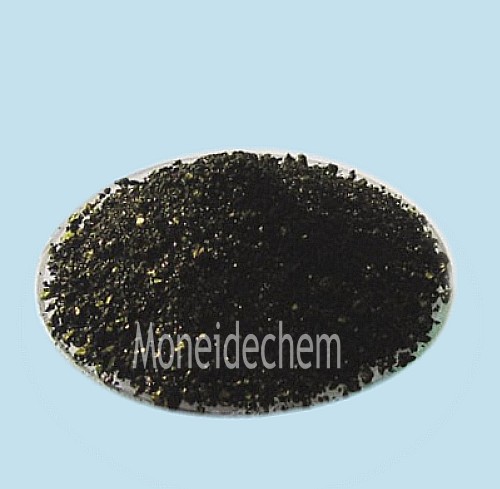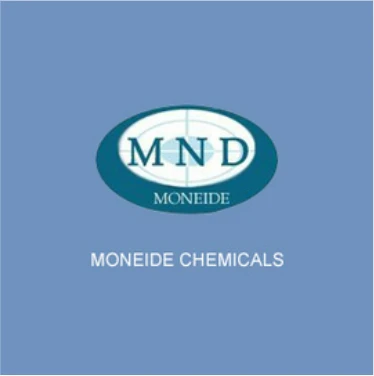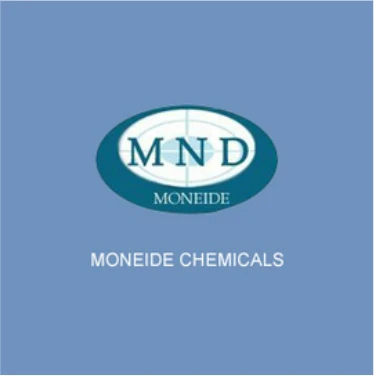Produtos Químicos Moneide
Telefone: 86-315-8309571
WhatsApp/WeChat/Celular: 0086-15633399667
Skype: janet-honesta
Correspondência: sales@moneidechem.com
Endereço: 2-7-523 Jidong Building Materials Tangshan, Hebei 064000 China
|
Nome químico |
Methyl vioet |
|
Nº CAS. |
603-47-4 |
|
Fórmula molecular |
C25H30ClN3 |
|
EINECS No. |
210-042-3 |
|
Peso molecular |
407.99 |
|
Estrutura Molecular |
|
|
Detalhes |
Appearance: With metal shine green crystalloid powder PH change range: 0.15(yellow)~3.2(violet) Solubility in alcohol: Passes test Sulfated ash: 1.0% max. Loss on drying: 7.5% max. Solubility: solve in water and alcohol Packing: 25kg/ fibre drum |
|
Aplicação principal |
PH Indicator |
What is methyl violet used for?
Methyl violet is a synthetic dye with versatile applications across multiple industries. In microbiology, it serves as a staining agent for Gram-positive bacteria identification under microscopy. The textile industry utilizes it for dyeing silk, wool, and synthetic fabrics due to its vibrant purple hue. As a pH indicator, it transitions between yellow and violet across pH 0-2, making it valuable in chemical analysis. Historically, it found use in inks and typewriter ribbons before modern alternatives emerged. Some developing countries still employ it in paper printing and stamp inks. In aquaculture, it has been applied as an antifungal treatment, though this use is declining due to safety concerns. The dye's colorfast properties also make it suitable for histological staining and certain industrial marking applications.
Is methyl violet safe?
Safety concerns surround methyl violet due to its potential toxicity and environmental impact. While dilute solutions pose minimal risk in laboratory staining procedures, chronic exposure or ingestion may cause irritation to skin, eyes, and respiratory tract. Animal studies suggest possible carcinogenic effects with prolonged high-dose exposure, leading to restricted use in food and pharmaceutical applications. The dye's persistence in aquatic environments raises ecological concerns, as it may disrupt microbial ecosystems. Proper handling with gloves and eye protection is recommended when working with concentrated forms. Regulatory agencies in many countries have imposed usage limitations, particularly in consumer products. Always consult Material Safety Data Sheets for specific handling guidelines and disposal requirements.
Is methyl violet the same as crystal violet?
While often used interchangeably, methyl violet and crystal violet are distinct chemical compounds with subtle differences. Both belong to the triarylmethane dye family and share similar purple coloration. Crystal violet (hexamethyl pararosaniline) is actually one specific component of commercial methyl violet mixtures, which typically contain varying proportions of pentamethyl and tetramethyl derivatives. In biological staining, crystal violet demonstrates superior performance for Gram staining due to its precise molecular structure. The differentiation matters in precise scientific applications where compound purity affects results. However, for general industrial dyeing purposes, the commercial methyl violet mixture suffices. This terminology overlap stems from historical manufacturing processes where these dyes were produced together before modern purification techniques became available.






























